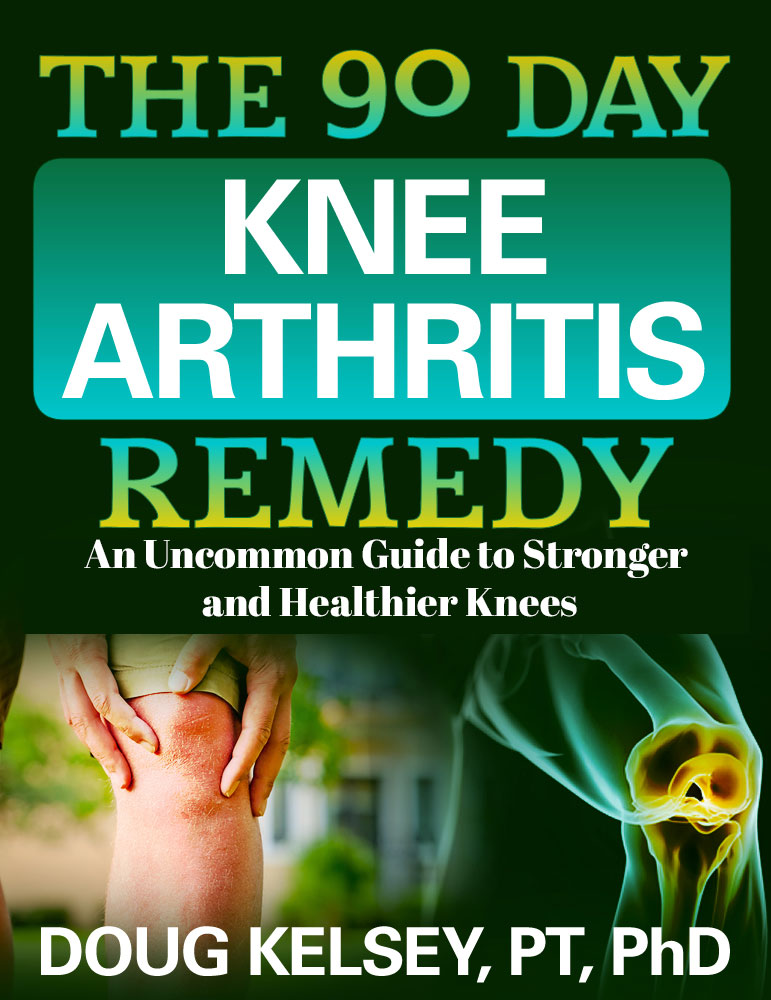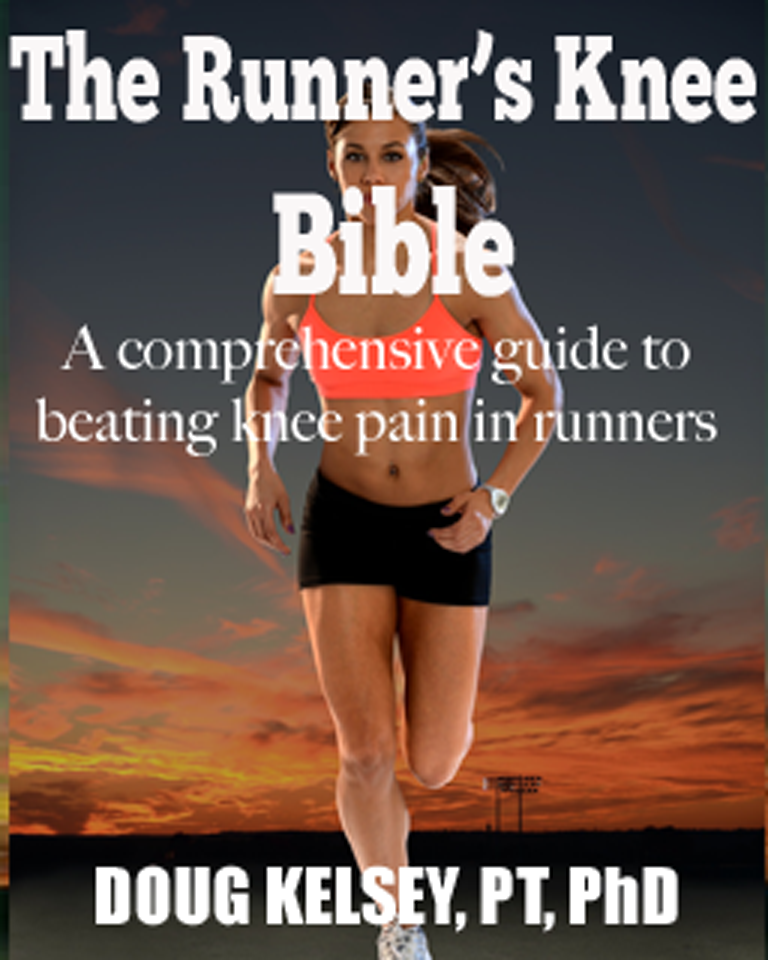- You are here:
- Home »
- Blog »
- Joint Health / Pain »
- Knee Pain, Iliotibial Band, and Stretching
Knee Pain, Iliotibial Band, and Stretching
Runner’s get it. Cyclists get it. Tennis players get it. And once they do, it can be difficult to get rid of.
Iliotibial Band Syndrome or ITBS.
A sharp, burning pain on the outside of the knee is the most common symptom and it can be persistent. ITBS affects 4,500,000 runners each year. Runners will try at least this one thing to help alleviate the symptoms: stretching.
The conventional thinking about ITBS is that the problem stems from too much friction between the iliotibial band (a long tendon on the outside of your thigh) and the femoral condyle (the end of your thigh bone – the femur). As your foot hits the ground, your knee bends to help absorb the force. When it does, the iliotibial band may rub on the end of your femur and irritate a bursa (a small sack of fluid designed to protect your tendon). If it rubs enough, the tissues become inflamed and you hurt. And, so the argument goes, if your iliotibial band is tight then it will rub on the femur too much.
Thus, the solution is to stretch it.
Trouble is, you can’t.
The iliotibial band, like all other tendons in your body, has tremendous tensile strength or resistance to stretch.[1]Benedict, J. V., Walker, L. B., & Harris, E. H. (1968). Stress-strain characteristics and tensile strength of unembalmed human tendon. J Biomech, 1(1), 53-63. In fact, a tendon is stronger than a brick (brick breaks apart at about 1000PSI whereas tendon can withstand up to 10,000PSI). Imagine trying to stretch a brick. Doesn’t work so well.
So, if you have ITBS, what do you do?
One of the main reasons the symptoms appear is due to irritation of the knee joint; not the IT Band. Researchers in 1999 discovered a small pocket of the lining of the joint that extends out just under the IT Band. Contrary to prior thinking, there was no bursa under the IT Band. While this may seem insignificant, it’s not. What it means is that the pain felt on the outside of knee may be due to swelling from inside the knee. The fluid accumulates in the small pocket under the IT Band. The tendon then rubs on the swollen tissue causing pain. The solution is to improve the health of the joint and reduce the swelling instead of stretching the IT Band.
If you’re like some of the clients we have seen who have struggled with IT Band pain, maybe it’s because the problem is not in your IT Band. Maybe it’s time to stop stretching?

PPS – If you like this article, why not share it with a friend?
 More info More info |  More info More info |  More info More info |  More info More info |
References
| ↑1 | Benedict, J. V., Walker, L. B., & Harris, E. H. (1968). Stress-strain characteristics and tensile strength of unembalmed human tendon. J Biomech, 1(1), 53-63. |
|---|
